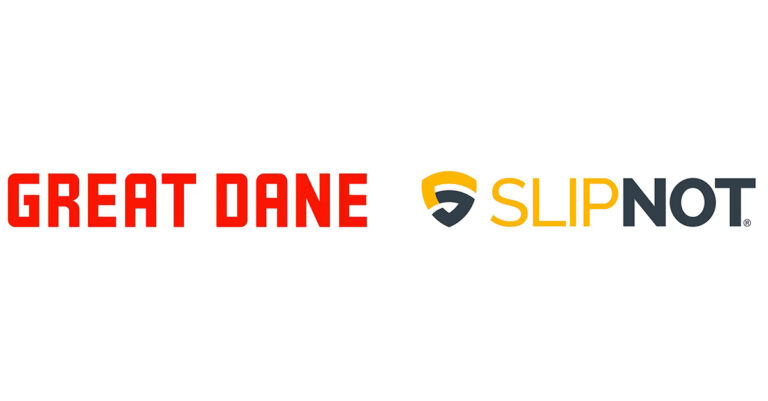Some hazards are pretty obvious; a large puddle in the middle of a work space, a broken ladder rung, an un-even piece of flooring or worn safety tread, all of these dangers may be easy to spot. What about the hazards that might not be so easy to identify? How will an employee or manager learn what to look for and how to keep everyone in the facility safe? OSHA has developed an interactive training “game” to help facilities identify hazards. This online tool is intended to teach the core process for finding safety risks as well as to raise awareness about the type of information and resources the OSHA website offers. OSHA makes it very clear on their website that the Hazard Identification Training Tool is for training purposes only and possible citations and violations are not part of the tool.
There are three different scenarios a user can go through: OSHA Visual Inspection Training, Manufacturing Facility and Construction. Each scenario offers different challenges. The Manufacturing and Construction scenarios are larger and focus on the whole workplace where as the Visual Inspection Training scenario is more focused. The Manufacturing and Construction scenarios are compromised of these key components in identifying hazards:
1.) Collect information
2.) Inspect workplace
3.) Observe the operation
4.) Investigate incidents
5.) Involve employees
The OSHA website goes into more detail about each scenario, here is a summary:
1.) Visual Inspection Training: Users are presented with various pieces of equipment such as a saw, or an industrial mixer. The user must find hazards on the actual items, learn how hazards are connected to equipment and become familiar with different hazard categories. The user can talk to the employee using the equipment, observe them in use as well as use a 360 degree viewpoint in order to identify a safety risk.
2.) Manufacturing: You can play from either the stand point of a business owner or a worker. A business owner must identify hazards as well as allocate time and money on keeping workers safe. The goal is to make as much money as possible while keeping workers safe. A worker must identify as many hazards as possible in one area by talking to co-workers, inspecting equipment and reviewing manuals and OSHA docs in order to find hazards.
3.) Construction: Users must find and stop hazards during three different phases of construction while balancing hours and money usage. The goal is to keep workers safe while earning as much money as possible.
While this training “game” will not have every specific hazard in every work place, the practice identifying things that could go wrong could be an advantage to many businesses regardless of industry. For more information and to try out this virtual training too please visit OSHA’s site.




